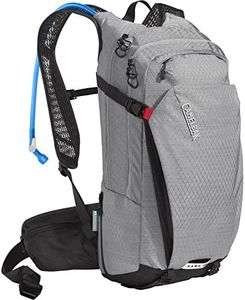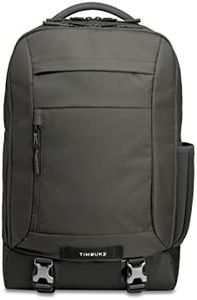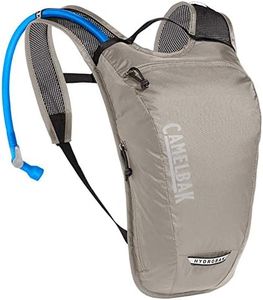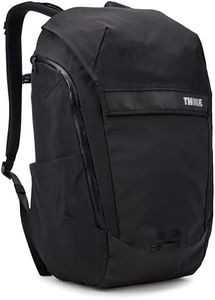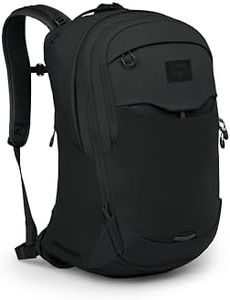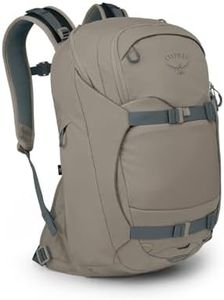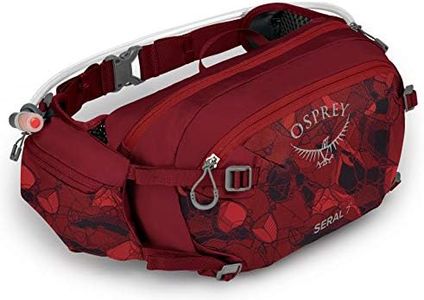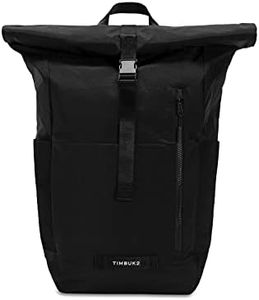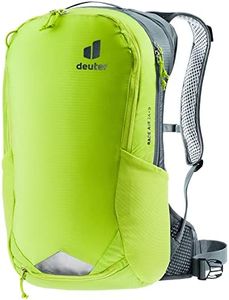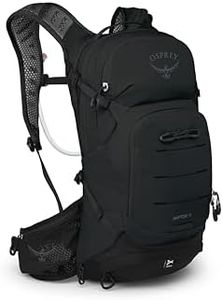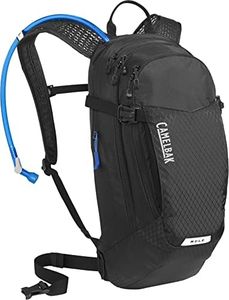We Use CookiesWe use cookies to enhance the security, performance,
functionality and for analytical and promotional activities. By continuing to browse this site you
are agreeing to our privacy policy
10 Best Cycling Backpacks
From leading brands and best sellers available on the web.Buying Guide for the Best Cycling Backpacks
When choosing a cycling backpack, it’s important to consider your riding habits, the kind of gear you need to carry, and the comfort level you want during your rides. Whether commuting to work, heading out on long bike tours, or just cycling for fun, the right backpack should balance capacity, comfort, and functionality. Understanding the key aspects can help you find a backpack that feels almost invisible while riding, keeps your belongings safe and organized, and matches your style of cycling.CapacityCapacity refers to the total volume a backpack can hold, usually measured in liters. This is important because it determines how much gear, clothing, or daily essentials you can take along. Smaller backpacks (10-15 liters) work well if you just need space for small personal items, tools, and maybe a jacket. Medium sizes (16-25 liters) are good for commuters who carry lunch, a change of clothes, or extra gadgets. Larger backpacks (26 liters or more) suit those who transport gym gear, groceries, or are on longer rides. Your own needs and what you regularly carry should decide which size is right—avoid the temptation to go bigger unless you’re sure you’ll fill it, as extra unused space can feel bulky and uncomfortable.
Fit and ComfortFit and comfort include aspects such as shoulder straps, back padding, and weight distribution features. These are crucial because a bad fit or poor support can cause discomfort, chafing, or even affect your balance while riding. Some backpacks come with ventilated backs or ergonomic padding to improve airflow and softness, which helps especially on hot days or longer rides. Look for backpacks that feel snug but not tight, with adjustable straps to keep the load stable. Think about how a full backpack sits on your back when you’re bent over handlebars, and pick one that matches your typical riding posture and preferences.
Weather ResistanceWeather resistance refers to how well the backpack protects your belongings from rain, dust, and splashes. This is important because cycling often exposes you to unpredictable conditions. Some backpacks use water-resistant materials, while others offer rain covers for extra protection. If you frequently ride in wet or variable weather, prioritizing a backpack with solid weatherproofing will help keep your gear dry and safe.
Organization and AccessibilityOrganization and accessibility describe the internal and external pockets, compartments, and how easily you can reach items while on the go. This matters for riders who need quick access to things like snacks, phones, or tools. Backpacks with multiple pockets, dedicated laptop or hydration reservoirs, and quick-access sections can make daily use simpler and more efficient. Reflect on your typical load-out: if you carry lots of small items, look for more compartments; for simple loads, fewer pockets are fine.
VentilationVentilation is about how well the backpack allows air to flow between your back and the pack, reducing heat and sweat. This is especially important for those who ride in hot climates or for long periods. Packs with mesh or suspended back systems keep air moving and your back cooler. If you tend to sweat heavily or ride in summer, prioritize a model designed to maximize airflow.
Attachment OptionsAttachment options include features like helmet clips, light attachment points, or external loops for gear. These matter if you regularly need to carry a helmet off the bike or attach lights for visibility. Think about your extras: if you need specialized attachments (for example, carrying locks or tools), check that the backpack can accommodate them easily.
